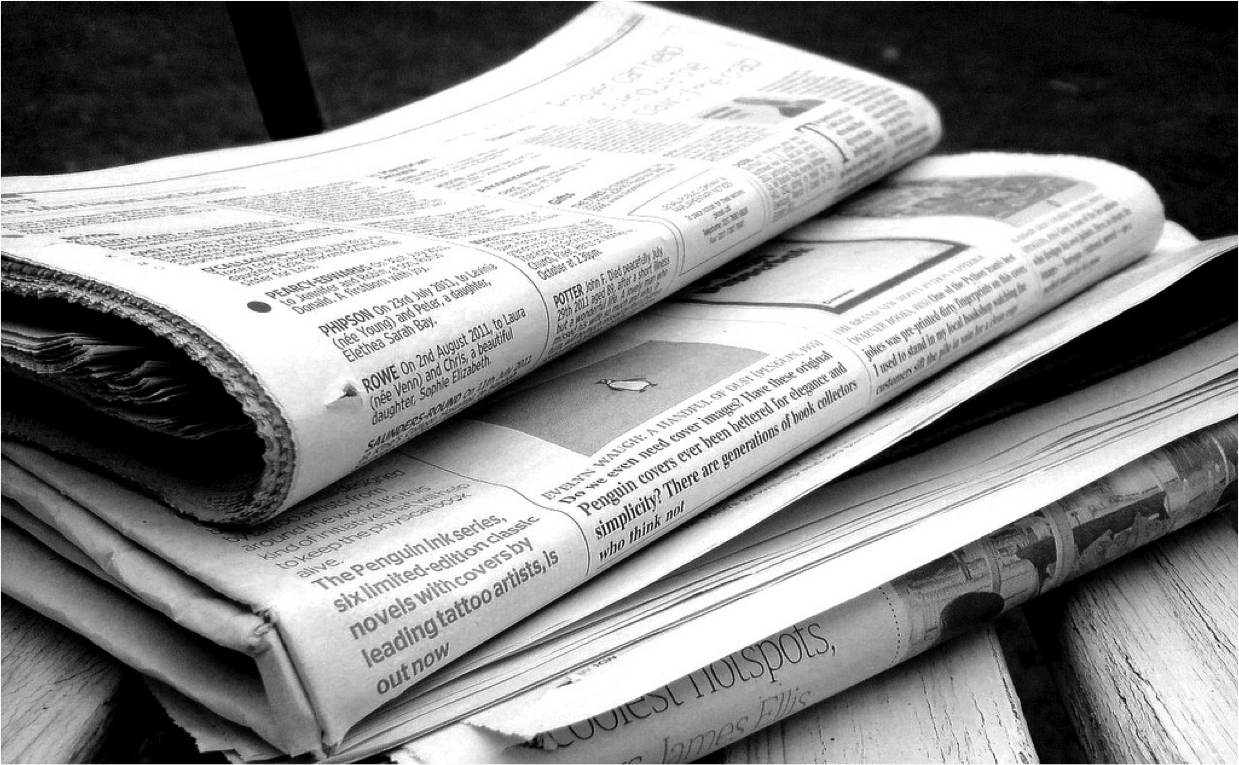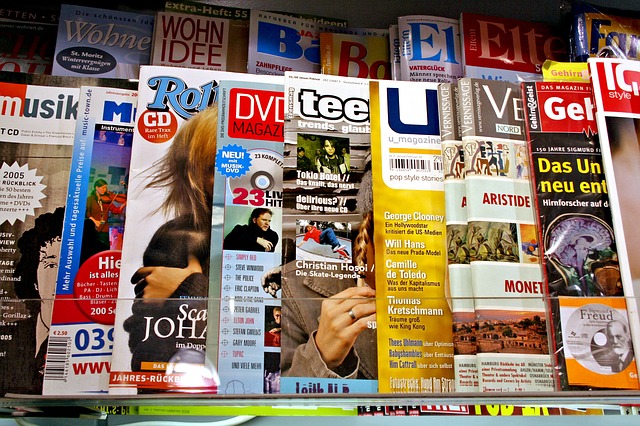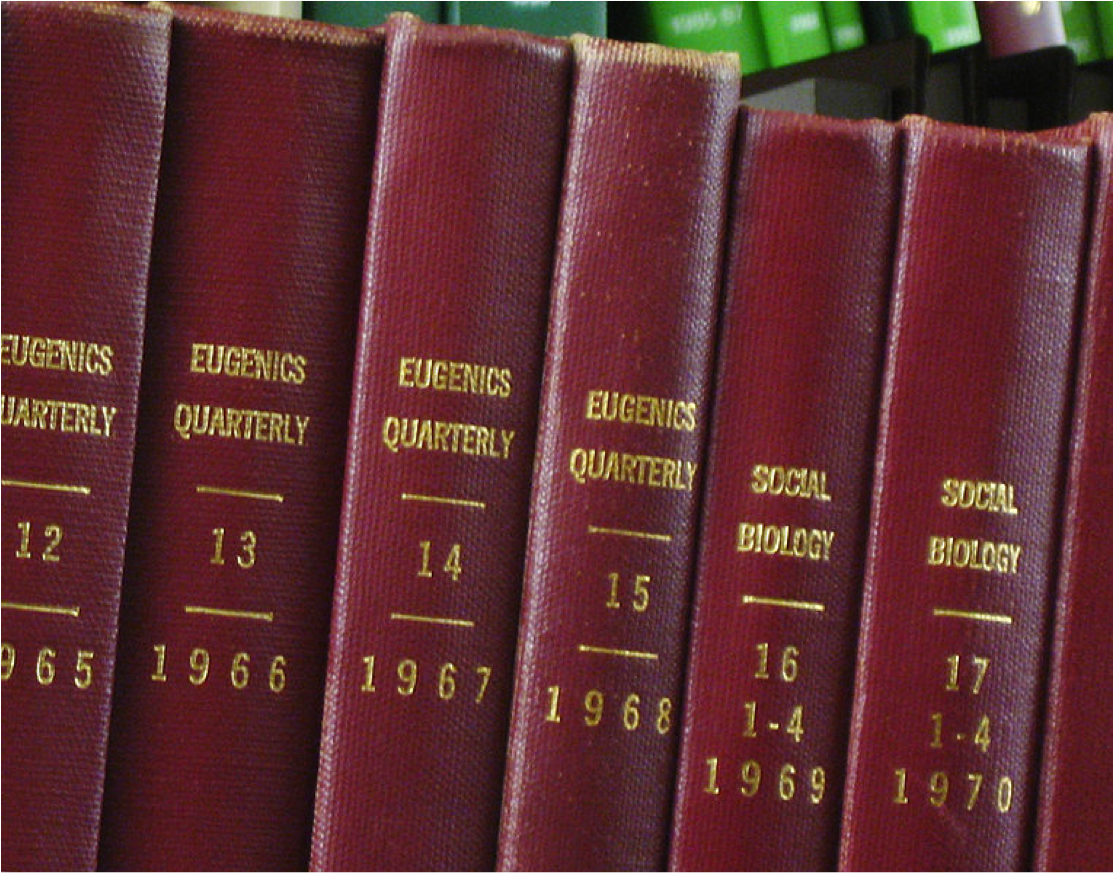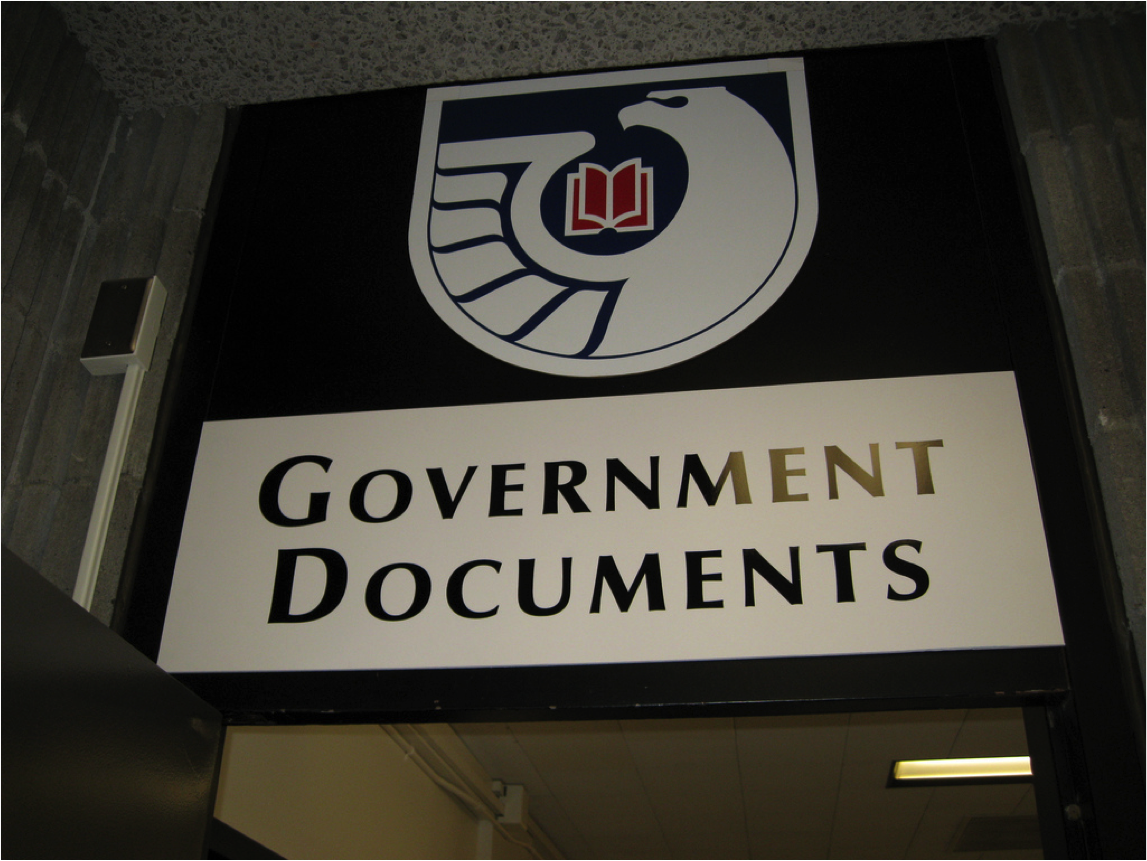
The information cycle is the progression of coverage by the media on a news worthy topic over time.
Understanding the information cycle helps us understand the type of information that will be available when we are researching a topic.

PRIMARY Sources: are the direct, uninterpreted records of a subject or event. Characteristics include first-hand observation and viewpoints of the historical time period. Representative materials include letters, diaries, first person accounts, memoirs, speeches, interviews, birth/death records, artifacts, historical records, images, photographs and some types of newspaper articles. Most frequently used by historians and archivists.
SECONDARY Sources: are works that evaluate, analyze, or interpret an historical event, generally using primary sources to do so. Characteristics include interpretation of events, usually a significant amount of time after it occurred; review or critiques. Representative materials include journal articles, editorial articles, literary criticism, book reviews, biographies, and textbooks. Most frequently used by researchers, journalists, writers.
TERTIARY Sources: are sources that identify and locate primary and secondary source materials. Characteristics include reference works, collections or lists of primary and/or secondary sources, finding aids. Representative materials include encyclopedias, indexes, abstracts, library databases and catalogs. Most frequently used as a starting point to find primary and secondary resources related to the research topic.

Characteristics
Where to find
Newspapers

Characteristics
Where to find
Popular Magazines

Characteristics
Where to find
Academic/Scholarly Journals

Characteristics
Where to find
Books

Characteristics
Where to find
Reference Materials/Government Documents

Reference Books
Characteristics
Government Documents
Characteristics
Where to find